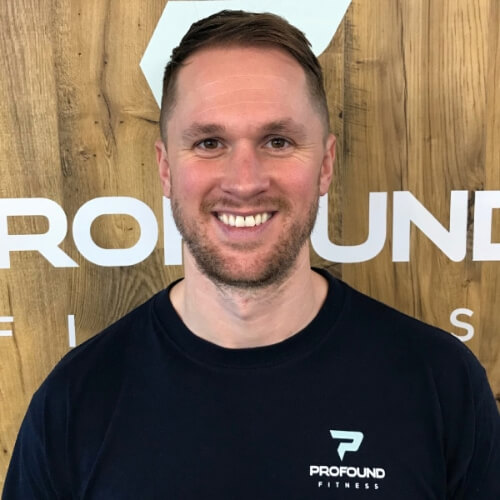Training for power
After two decades of back pain, Paul decided to see if exercise could elevate his symptoms. Having helped lots of people out in a similar situation I felt confident I could help. Paul explained his symptoms and the cause of treatment he’d previously tried.
Much like many bad backs Paul suffered with this pain because it compensates for other injuries. With one shoulder operation, several knee surgeries (with the last being a total reconstruction) and repeated ankle operations due to many dislocations after the first time he broke it. Paul’s history made it very clear why his back was causing such a problem. Whist other injuries had been fused back together his back was having to overcompensate for the lack of movement in other areas.
While the plan and exercises I choose were specific to Paul’s needs, I want to share with you the approach we took over the coming months to relieve his pain and discomfort.
The first problem we had to address was stability, as this is what the whole body relies on, especially the foot and ankle as they impact into the ground. This movement is called ‘gait’.
Many of the complications Paul developed suggested they were a chain reaction from this ankle injury. Paul continued to play sports at a high level and as a result may have jumped back into them to soon.
By using a small amount of instability at the foot and ankle it switches on the core. This ultimately engaged the muscles around the spine. The principle of stability created the foundations for flexibility and strength, which would in turn allow Paul to move more freely.
After we were happy that the joints and core muscle were stable, we added stretching. It plays a big part of flexibility, but at this stage we needed to address muscle imbalances. Before stretching, we did a squat analysis to work out which muscles were tighter, showing a strength bias. From videos and observations, we created a picture of what needs to be stretched and then a clear path of which muscles need to be strengthened.
While Paul understood the need to stretch, I had to move on to strengthening weak muscles that switched off from inactivity. This part of the rehabilitation understandably made Paul nervous as he had previously picked up a shoulder injury lifting weights in the gym when he was younger. I was able to alleviate his concerns with a structured approach, which prioritised looking after joints avoiding pain as well as allowing us to strengthen weak muscles like the glutes that were not functioning which allowed the lower back to pick up the strain.
Building strength allows your flexibility to be more durable and usable. For example, you might be able to touch your toes, but you don’t have the strength to pick up a heavy box. Strengthening your muscles is the glue that holds everything together. For instance, a day sat at your desk or a long car journey your back will tighten up, unless you spend the time developing its strength.
This approach has safely helped Paul’s injuries and made a big improvement to his back. Plus, he now knows exactly what exercises to try if his ankle or knee plays up again. Injuries like the lower back are rarely the cause and usually mask other injuries. By going over client history and assessing movement these can be improved on.
“The body will heal if you give it the right conditions, it will deteriorate if left untreated and the causes left unchecked.”
